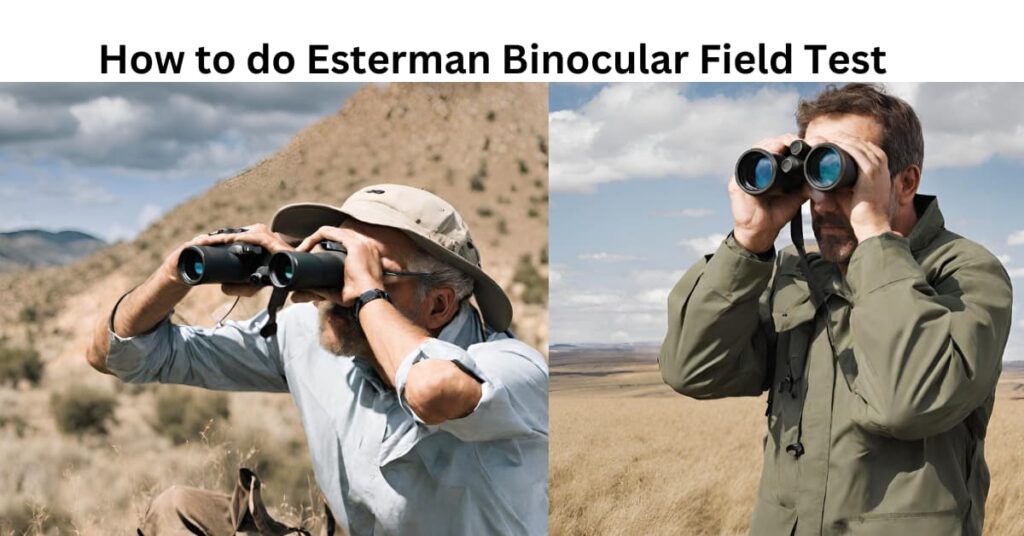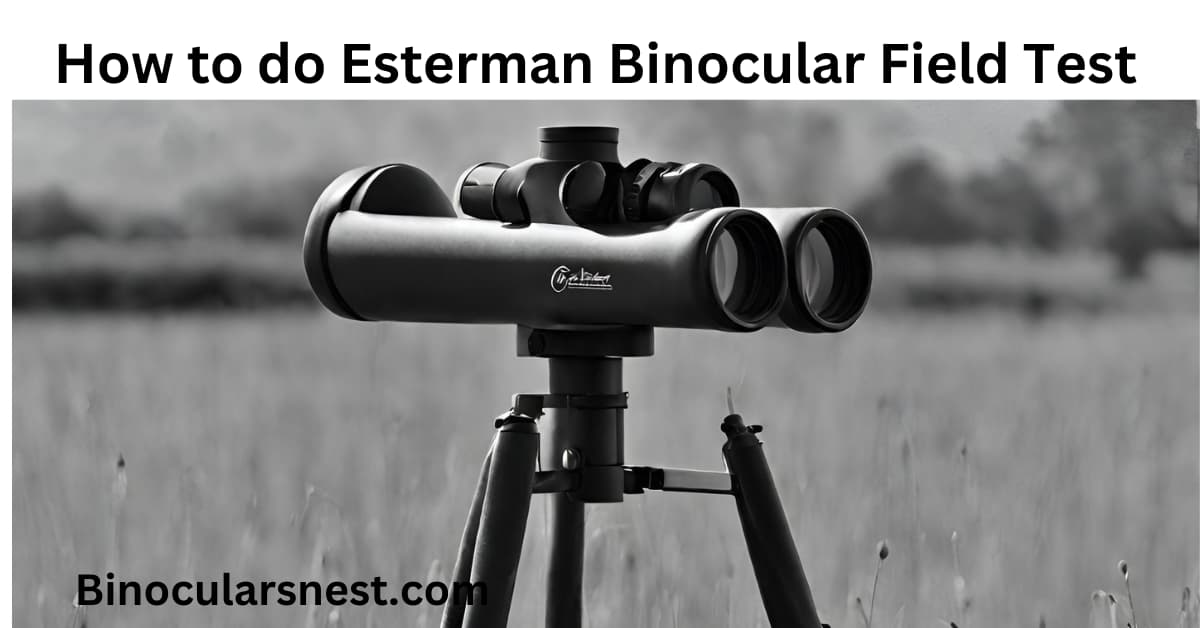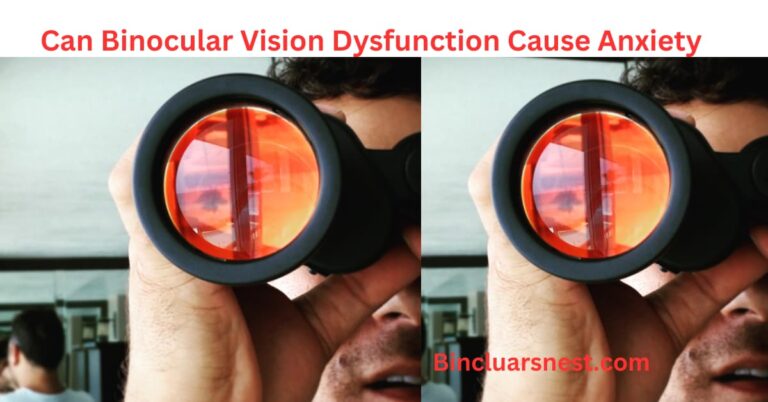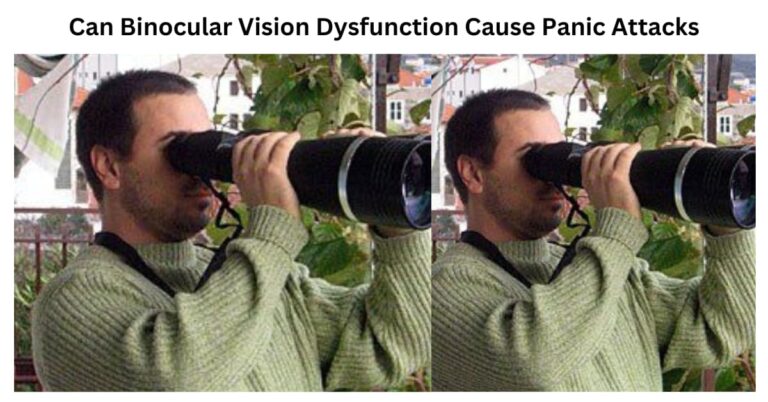How to do Esterman Binocular Field Test: Step by Step Guide
The Esterman Binocular Field Test is an elemental characteristic tool in ophthalmology and optometry, enabling the evaluation of a patient’s visual field probity, particularly their peripheral vision. This test, developed by Dr. Esterman, holds remarkable clinical importance for discovering and monitoring conditions like glaucoma and retinitis pigmentosa.
In this brief introduction, we will outline the critical features of the Esterman Binocular Field Test, its purpose in diagnosing visual field impairments, and its role in enhancing patient care. Ensuing sections will detail the methodology, equipment, and simplification of results, providing a comprehensive understanding of this crucial examination.
What is Binocular Esterman?
The binocular Esterman visual field test is a typical examination used in ophthalmology to assess a patient’s ability to discern visual stimuli. Their peripheral vision while using both eyes simultaneously. It is named after its founder, Dr. Esterman.
This test is essential for evaluating a patient’s binocular (both-eye) visual field, as it differs from monocular tests that assess each eye individually. It is generally employed to diagnose and monitor conditions such as glaucoma and retinitis pigmentosa, providing valuable knowledge about the extent and location of visual field defects in both eyes. The results help guide treatment resolution and assess a patient’s fitswim for activities like driving.

What is a Normal Esterman Visual Field?
A normal Esterman visual field usually reveals a full and unhampered peripheral vision in both eyes when tested together. There should be no significant gaps or faults in the visual field, and the patient should be able to detect stimuli presented all over their entire field of vision. Deviations from this norm may specify developing visual field disability or fundamental eye conditions, warranting extra evaluation and assessment by a healthcare professional.
How to do an Esterman Binocular Field Test?
Performing the Esterman Binocular Field Test requires specific steps and equipment. While a table format isn’t suitable for detailing the policy, I can provide you with a simplified step-by-step outline:
| Steps | Description |
| 1. Preparation | Set up the Esterman Binocular Field Test equipment and calibrate it. |
| 2. Patient Positioning | Seat the patient comfortably in front of the testing apparatus. |
| 3. Explanation | Explain the test procedure and the importance of focusing on the central target. |
| 4. Fixation | Ask the patient to fixate on the central target throughout the test. |
| 5. Stimulus Presentation | Present stimuli (usually lights or objects) randomly in the peripheral vision of both eyes. |
| 6. Patient Response | Instruct the patient to press a button or provide a response each time they see a stimulus. |
| 7. Data Collection | Collect data on the patient’s responses, including the location and frequency of detected stimuli. |
| 8. Test Completion | Complete the test after stimuli have been presented across the entire visual field. |
| 9. Result Analysis | Analyze the data to identify any visual field defects or abnormalities. |
| 10. Clinical Interpretation | Interpret the results and discuss findings with the patient, considering their medical history and condition. |
This tabulated overview provides a simplified guide to the Esterman Binocular Field Test method. Still, it’s important to note that conducting the test requires specialized equipment and training in ophthalmology or optometry.
Tips for Taking the Esterman Binocular Field Test?
Indeed, here are some tips for taking the Esterman Binocular Field Test in a table form:
| Tips for Taking the Esterman Binocular Field Test |
| Relax and Focus |
| Stay calm and relaxed during the test. Anxiety can affect your responses. Focus on the central target. |
| Understand the Instructions |
| Ensure you fully understand the test procedure and how to respond to stimuli before starting. Ask questions if needed. |
| Maintain Central Fixation |
| Keep your eyes fixed on the central target throughout the test to ensure accurate results. |
| Respond Promptly |
| React promptly to any stimuli you see in your peripheral vision. Press the button or provide the response as instructed. |
| Be Consistent |
| Try to maintain a consistent response pattern throughout the test. Avoid unnecessary pauses or delays in your reactions. |
| Don’t Guess |
| Only respond when you genuinely perceive a stimulus. Guessing can lead to inaccurate results. |
| Inform the Technician |
| If you experience any discomfort or problems during the test, inform the technician immediately. |
| Rest if Necessary |
| If the test is lengthy, you may be given short breaks. Use these to rest your eyes and refocus. |
| Trust the Process |
| Understand that the test is designed to assess your visual field accurately. Trust the results and discuss any concerns with your healthcare provider. |
These tips can help secure a successful Esterman Binocular Field Test by promoting actual and reliable results. Recall that this test is a valuable tool for diagnosing and managing eye conditions, so your cooperation and attention are crucial to its advantage.
The Esterman Binocular Field Test is Typically Performed in three Stages?
The Esterman Binocular Field Test is indeed executed in multiple stages or zones. These sectors are sketched to estimate different areas of the visual field. The test is composed of dividing the visual field into sectors or zones. And evaluating the patient’s ability to discover incentives within each zone.
However, the number of sectors or zones may vary depending on the specific testing agreement and equipment used. Generally, it comprises several stages or zones to comprehensively estimate the patient’s binocular visual field.

Esterman Visual Field Test Score for Driving?
The Esterman optical branch Test score necessary for driving eligibility varies by authority and is subject to local regulations. Generally, to be observed as fit for driving, individuals must meet particular criteria related to their visual field production. These criteria often comprise the percentage of the optical field that must be entire, the absence of crucial blind spots, and the ability to detect incentives in defined areas of the optical sector.
The specific scoring thresholds and necessity are determined by local government agencies supervising licensing drivers. So it’s crucial to consult your local Department of Motor Vehicles (DMV) or identical establishment for the exact requirements in your area.
Conclusion:
The Esterman Visual Field Test serves as an essential assessment tool for determining an individual’s fitness for driving. Although local regulatory administrations establish the specific score or criteria needed for driving eligibility, they use this test.
Generally, these criteria include the percentage of the visual field that must be entirely the absence of significant blind spots and the ability to detect stimuli in defined areas of the visual field. Individuals must consult with their local Department of Motor Vehicles (DMV) or equivalent administration to understand and meet the precise requirements for driving in their particular location.
FAQ’s
A standard Esterman optical field shows a complete and unharmed peripheral vision in both eyes without remarkable gaps or defects, commonly indicating healthy visual function.
The Esterman optical sector (visual field) test usually covers a 120-degree parallel visual field in each eye, totalling 240 degrees when both eyes are tested jointly.
Patients should put on their suggested glasses or contact lenses during the binocular Esterman visual field test to ensure accurate and typical results of their visual field capacity.
The Esterman organization score is a quantitative measure that evaluates the percentage of incentives detected by a patient during the Esterman binocular visual field test, providing a numerical representation of their optical sector function.







